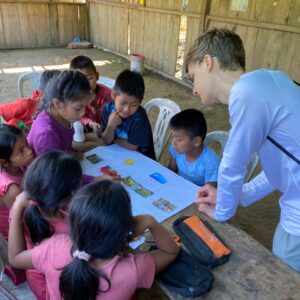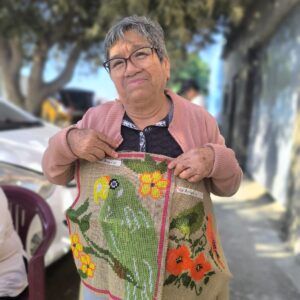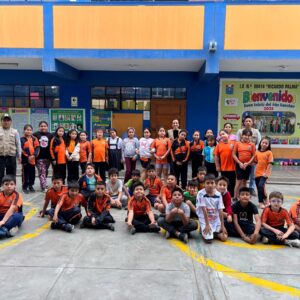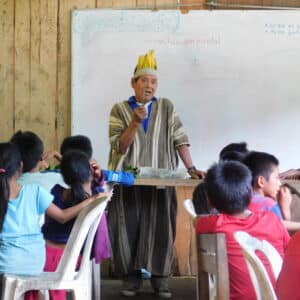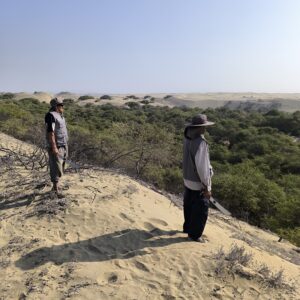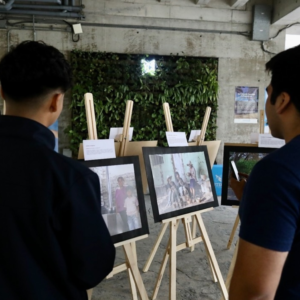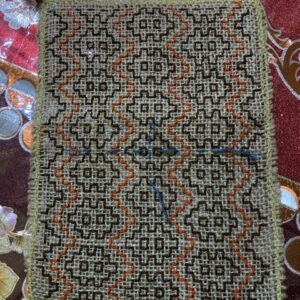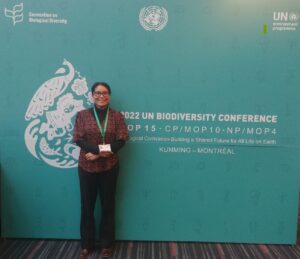On the northern coast of Peru, the La Libertad Dry Forest in Pacasmayo harbors biodiversity that is as fragile as it is extraordinary. This ecosystem, full of life and contrasts, is also one of the most threatened in the country. Through the Dry Forest Project, A Rocha Peru works to restore and conserve it, promoting the participation of local communities to ensure its sustainability and return vitality to the forest.
As part of this effort, the Youth Environmental Network was born, an initiative designed to engage communities and train the next generation to become future environmental leaders. Eleven university students from the National University of Trujillo and the Private University of the North responded to the call with enthusiasm, eager to learn and be part of the change. From the very beginning, their energy, curiosity, and dedication made a difference.
Over the past months, these young people have participated in a comprehensive training program that combines scientific knowledge with personal growth. Through seven training workshops, they have developed skills in environmental leadership, communication, forest inventory techniques, conservation, and ecological restoration. Each session has been an opportunity to learn, practice, and share knowledge, both in the classroom and in the field.
The most inspiring part has been watching their role evolve. At first, they arrived as participants, but over time they took on new challenges: assisting in organizing workshops, supporting our environmental promoter by guiding small groups, and even leading workshops on their own. Their confidence, commitment, and ability to convey the message of conservation have grown with each experience.
Today, seeing them act with ease, lead activities, speak passionately, and take responsibility fills us with pride. They represent what we value most in this project: the power of education and the hope that new generations bring. Their commitment to the forest and their communities is inspiring, reminding us that true change begins when someone dares to act.
At A Rocha Peru, we firmly believe that training environmental leaders also means shaping conscious, empathetic, and committed individuals. They are proof that the future of the Dry Forest is already taking root today in every young person who learns, teaches, and cares with love.
